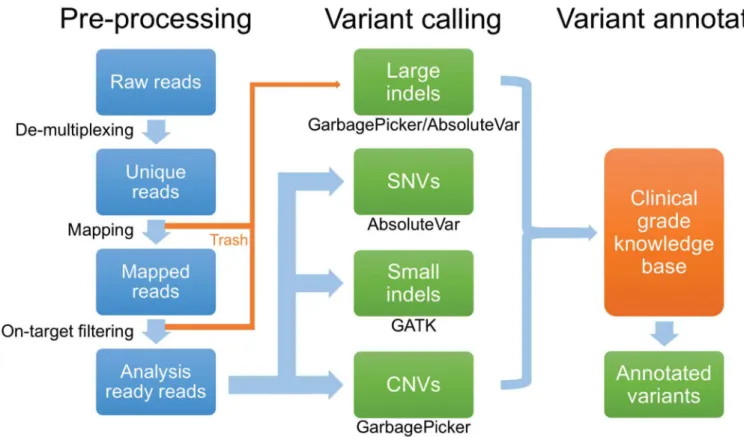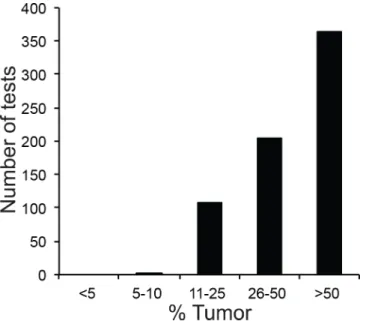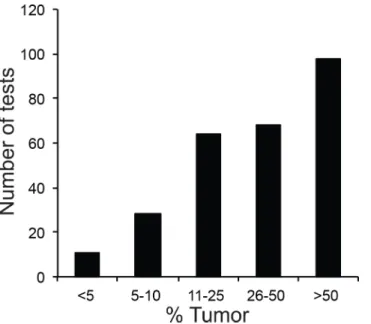Building a Robust Tumor Profiling Program: Synergy between Next-Generation Sequencing and Targeted Single-Gene Testing.
Texto
Imagem




Documentos relacionados
Methods: Correlations between Bone Quality Index (BQI), determined by calcaneal ultrasonometry of thirty (30) individuals classiied as normal, osteopenic and osteoporotic,
Maximum seed quality can be determined by a combina- tion of attributes as germination percentage and vigor.. 2), when the fruits had red color outside coinciding with mass
The landscape did not influence on propolis production and physicochemical quality loss by drying and mechanical mass, however, it determined the physicochemical quality for
With the elements of K determined for mESC proliferation and transition between patterns of allelic Nanog expression and the single-cell gene expression model in place, we proceeded
Using Illumina Next Generation Sequencing (NGS) technology, we identified a total of 292 known and 329 novel miRNAs in normal horse tissues including skeletal muscle, colon and
Keywords Coptotermes formosanus , Transcriptome, Gene expression, Carbon dioxide response, Next generation sequencing data, Chemosensory
Further, a difference in taxonomic composition between NGS and morphological based data cannot be avoided (Figure 4). For NGS data, biases are introduced by the DNA extraction and
We have performed a comprehensive evaluation using exome sequencing and targeted deep sequencing data of paired tumor-normal sam- ples from five breast cancer patients to evaluate


